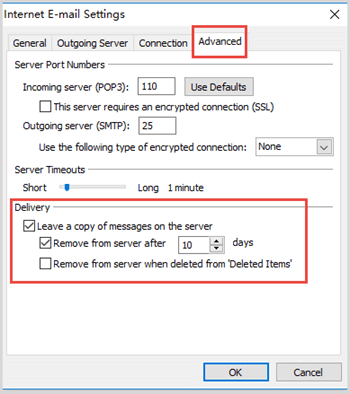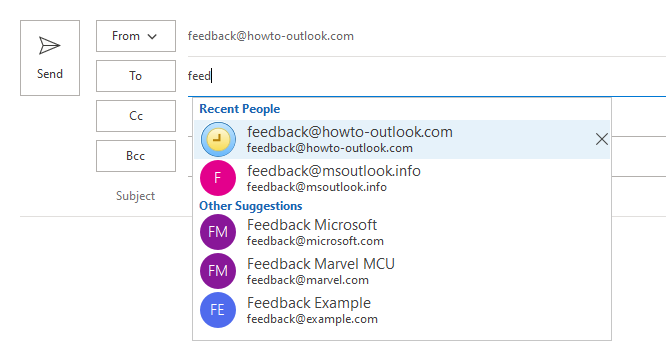

Type outlook /importnk2 in the Windows Search box and then press Enter. You are now ready to start Outlook and import the file, but you must start Outlook with a special one-time command. Because the default folder is hidden folder, the easiest way to open the folder is to use the command %APPDATA%\Microsoft\Outlook in the Windows Search box (or, browse to C:\Users\ username\AppData\Roaming\Microsoft\Outlook).Īfter the file is copied to the folder, right-click the file, click Rename, and change the name to match the profile name that appeared in step 3. nk2 file to the new computer in the folder in which Outlook configurations are saved. nk2 file name to match the name later.Ĭopy the. Note: The Mail icon appears after Outlook starts for the first time. In the Outlook folder, find your Auto-Complete List (.nk2) file.

nk2 file Step 1: Copy the Auto-Complete file from the old computerīecause the default folder is hidden folder, the easiest way to open the folder is to use the command %APPDATA%\Microsoft\Outlook in the Windows Search box (or, browse to C:\Users\ username\AppData\Roaming\Microsoft\Outlook). The AutoComplete information is imported from the _.msg, where the placeholder represents a long string of numbers and letters. In the Load MSG window that appears, select Load message into current folder in the Load style list, and then click OK.

msg file that you created in step 11 of the "Export the AutoComplete mailbox message" above, and then click OK. On the Folder menu, click Import, and then click From MSG. In the drop-down list, select Permanent deletion (deletes to deleted item retention if supported), and then click OK. Right-click the item, and then click Delete message. In the Subject column, locate the item that has the subject. To delete the existing AutoComplete message, follow these steps: Note: Before you delete the message, you must export the message by using the steps in the "How to export the Auto-Complete cache" section. To avoid duplicate entries, you must delete the existing AutoComplete message. Step 2: Import the AutoComplete mailbox message Select a folder location to which you want to save the message, and then click Save. In the drop-down list, select MSG file (UNICODE), and then click OK. This action opens the Save Message To File window. Under the Subject column, right-click the item that has the subject, and then click Export Message. This action opens a new MFCMAPI window that contains various properties. Right-click the Inbox folder, and then click Open Associated Content Table. In the left-side navigation pane, expand Root Container, and then expand Top of Information Store or IPM_SUBTREE. In the top pane, locate the line that corresponds to your mailbox, and then double-click it. If you are prompted for a profile, select the desired profile name, and then click OK. Copy the AutoComplete list Step 1: Export the AutoComplete mailbox messageĮxit Outlook, and then close Outlook Web Access or Outlook Web App (OWA) on all workstations that are connected to your mailbox. If you don't know what type of account you have, select File > Account Settings > Account Settings. If you have a POP3 account (less common, but often used for third-party email providers like Comcast, Earthlink, and Verizon), your AutoComplete list is stored in a file stored on your computer. See Copy and import an. See Copy the AutoComplete list for instructions. If you have a Microsoft 365 account, Exchange Server account, or an IMAP account (this is the most common type of other email account), then the AutoComplete list is stored as a hidden file in your Outlook Data File. The method to copy your AutoComplete list from one computer to another depends on what type of email account you've added to Outlook.


 0 kommentar(er)
0 kommentar(er)
